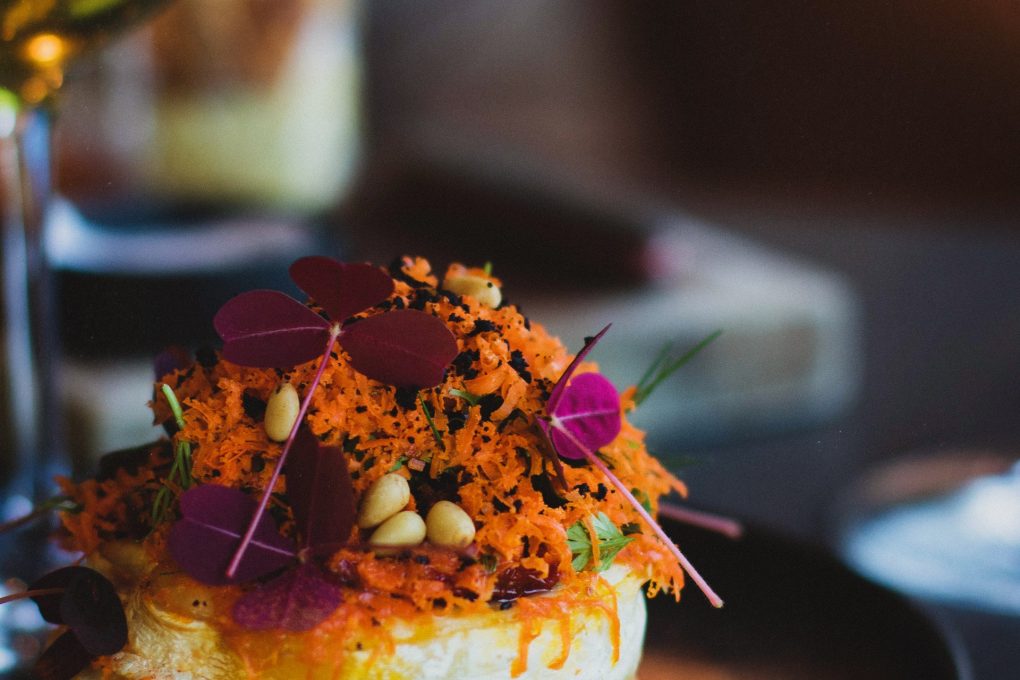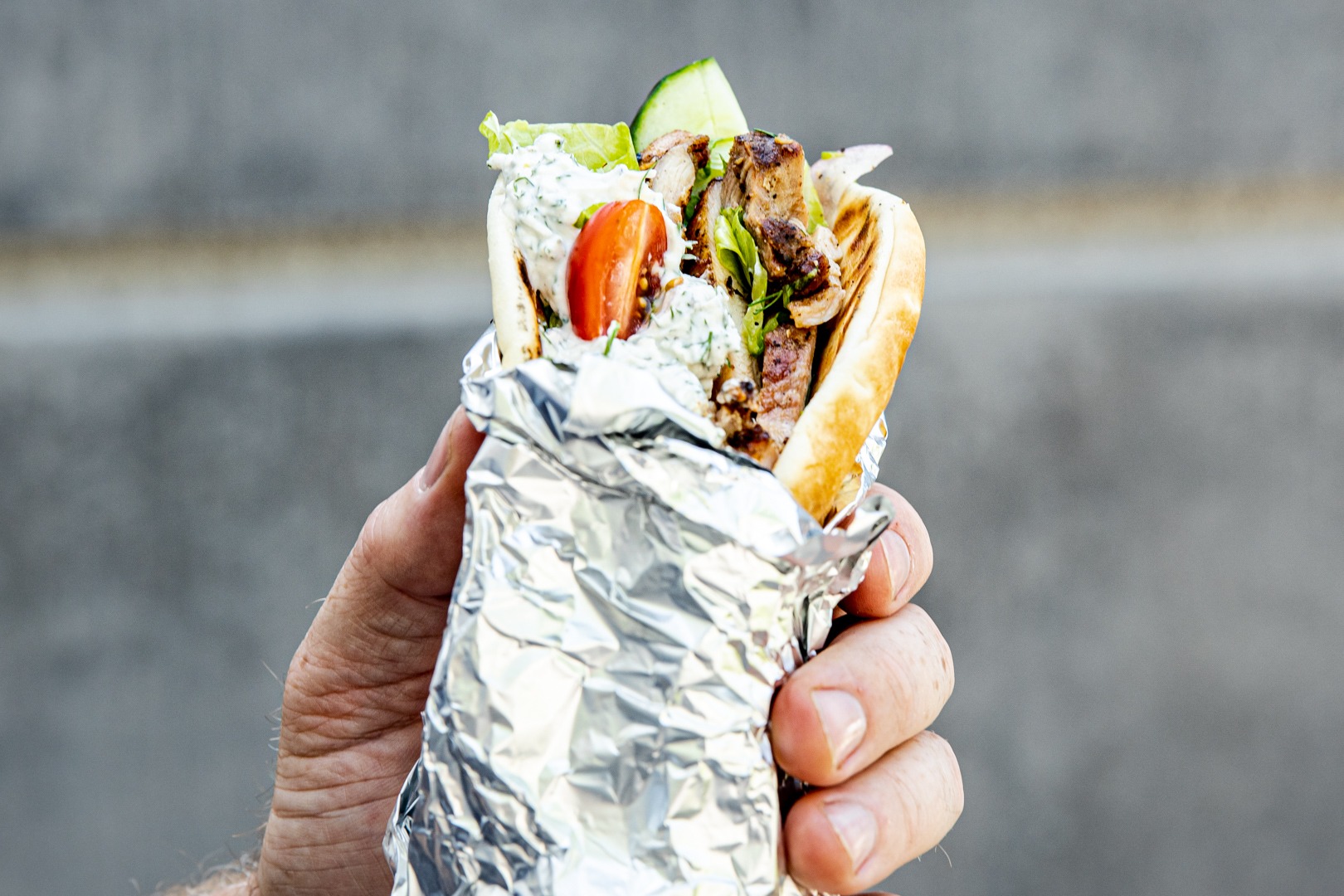Food is a basic necessity. It is important to know what to expect from the future of food and how it can affect your health and well-being. The food industry is always changing, whether it be changes in technology or new ingredients being introduced into the marketplace. Here are four future food trends to watch for in the coming years:

Sustainable seafood will make more appearances on menus.
Sustainable seafood is a growing trend that will only continue to gain momentum as we move forward. We’ve all heard horror stories about overfishing and ocean acidification, but if you’re looking for a way to support local economies and the environment while dining out, sustainable seafood is an easy choice.
While it’s more expensive than non-sustainable options, it’s worth it! Many restaurants have sustainable options on their menus that taste just as good as their non-sustainable counterparts—so why not give them a try? You’ll be doing your part in ensuring that future generations can enjoy our oceans’ bounty.
Organic, artisanal, and farm-to-table trends will continue to grow.
Farm-to-table is still a growing trend, and it’s only going to get bigger. More people are concerned about the quality of the food they eat and where it comes from. They want their meals to be clean, healthy, and nutritious—and they want them fast! Local sourcing is one way to make all those things happen at once: local foods are fresher because they don’t have to travel far; farmers’ markets are great places to find fresh local produce, eggs, and meat; while grocery stores like Whole Foods offer options for everything you need throughout the year.
Canned foods will become more popular again.
Canned foods are often more cost-effective than fresh ones and you can store for longer periods. The canned foods you can also prepare quickly, which is good for busy people who want to cook healthy meals but don’t have a lot of free time.
Luxury ingredients like truffle oil and caviar will be replace the local and environmentally friendly alternatives.

Given the current climate, it’s no surprise that a number of luxury ingredients will be replaced with local and environmentally friendly alternatives. For example, truffle oil—one of the most popular luxury ingredients—is expensive and has been linked to deforestation. Instead of truffle oil, try using olive oil and black garlic to enhance your dishes’ flavor profile.
Similarly, caviar is an expensive delicacy that often comes from sturgeon eggs harvested in the Caspian Sea. These fish have become increasingly endangered due to overfishing and habitat destruction. Alternative options include sustainably farmed oysters or roe harvested from American shad or paddlefish (which are also threatened by overfishing). If you’re serving raw shellfish at your event this year, consider adding lemon zest or juice to your dish instead of caviar garnishes like blinis and crème fraîche.
Conclusion
It’s clear that the future food trends is going to be exciting. We can’t wait to see what these trends look like in a few years, but one thing is for sure: they’re going to be delicious!
















